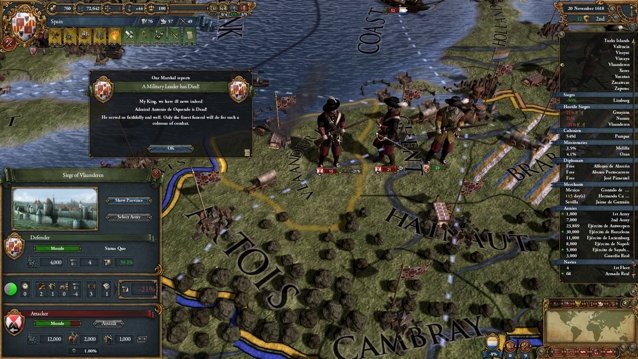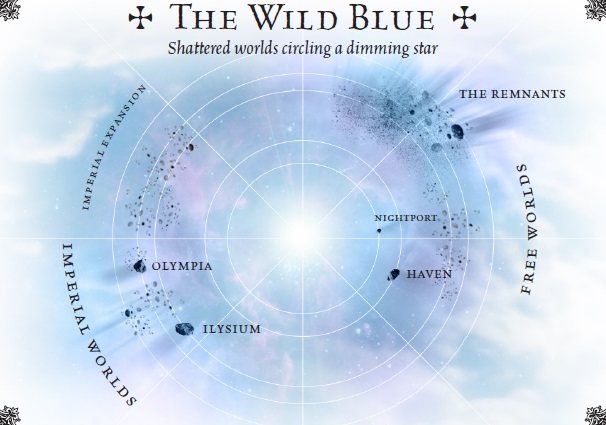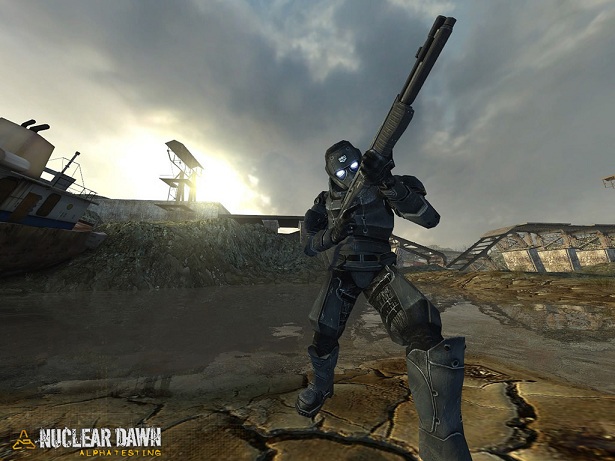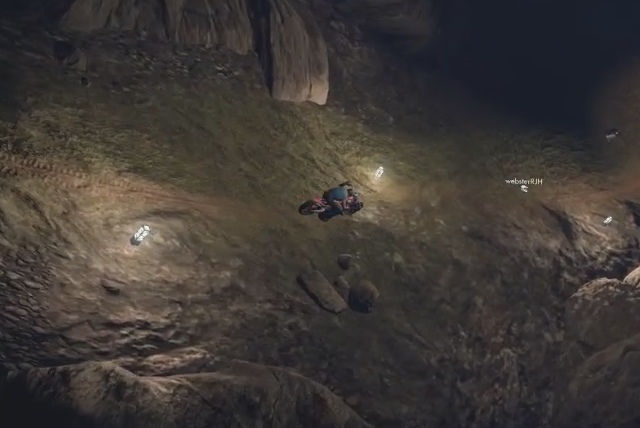

This is the only really good challenger to Sid Meier’s Civilization for the 4X strategy genre. And, as the word “galactic” implies, it’s bigger, funnier and just as fine looking as its supposedly superior Leonard Nimoy-voiced cousin.
The game sees your race (chosen from the original selection of 10 highly differentiated races) starting out with a single planet, a colony, a survey ship (essential for exploring the myriad goodies), and a space mining vessel. Your aim is simply to dominate the universe, one way or another. How the map is set out depends entirely on what starting conditions you’ve chosen, from a simple small map with a couple of stars and races, to the imponderable measureless massiveness of the Immense map size, which frankly breaks weak minds asunder in its scope, as it features thousands of planets, dozens of races (major and minor), wormholes and asteroid belts. Thankfully, the universe is represented as a flat 2D plane; otherwise this would prove mind-bogglingly incomprehensibly complicated.
There’s also a more limited campaign mode – the weakest part of the game, though it’s still pretty damn fine – which drops you into a series of preset GCII maps with different starting setups (number of planets, allies, starting armies) and lists of objectives. But because of the enormous scope of GCII, it’s very hard to focus on a target clearly and also irritating to start your whole research tree from scratch each level. That said, the story’s well done, the scripting and writing of your alien compadres/foes is darkly funny, and the basic game mechanic is both addictive and endearing. And this contains all the campaigns of all three games. There’s also a semi-multiplayer, called Multiverse, but it’s more of a posh ranking table, so we’ll skip past it.
The Endless Universe part of this release is a combination of two of GCII’s expansions: Dark Avatar and Twilight of the Arnor. This means there’s a million little tweaks to the core gameplay in here; firstly, Dark Avatar brings the addition of mineable asteroid belts and a variety of horrible-yet-just-inhabitable planet types, to more important things like the AI-controlled Mega-Events (which can help to rebalance unbalanced conflicts) and customisable (but balanced) races to play against or as. Twilight of the Arnor brings larger maps, unique technology trees for all 12 civilizations, and six editors.
In our last play through, as the End of the Zoners led by NotPorter, we destroyed the leading power in our galaxy without firing a shot. We built up our diplomacy skills so that every time the Drath threatened war we bought them off with new tech, whilst in the background paying the second and third strongest civilisations to attack them. Whilst they bled each other white, we built up our influence through starbases beaming cultural propaganda about our highly superior magazine industry near our borders. Soon, their armies were crushed and their planets were defecting in droves. The next time we played, as the Korath, our civilisation collapsed and entire planetary systems went turncoat as massive unsustainable debts created through an expansionist militarist policy led to a mid-game cultural stagnation.
Few games allow for emergent story-telling, but when they do they’re the best of games: PlanetSide, Spore and Dwarf Fortress to name a few. Yet only Galactic Civilizations II has the amazing size and depth, intelligent, charismatic AI participants, and array of victories or failures to do this constantly and consistently. This game genuinely throws up new stories each time you play, on both a grand and a minor level. Be warned though: buy GCII, and you may never need another strategy game ever again.
Oct 22, 2008




 5 Exciting Activities for Kids to Learn Coding on a Raspberry Pi
5 Exciting Activities for Kids to Learn Coding on a Raspberry Pi Adventure Awaits! Play These 5 Free Indie Tabletop RPGs
Adventure Awaits! Play These 5 Free Indie Tabletop RPGs NBA 2K16: Tips, Tricks, & MyCareer Guide
NBA 2K16: Tips, Tricks, & MyCareer Guide Nuclear Dawn Walkthrough
Nuclear Dawn Walkthrough Trials Fusion Review And Let's Play: Flipping, Tricking, and Raging
Trials Fusion Review And Let's Play: Flipping, Tricking, and Raging